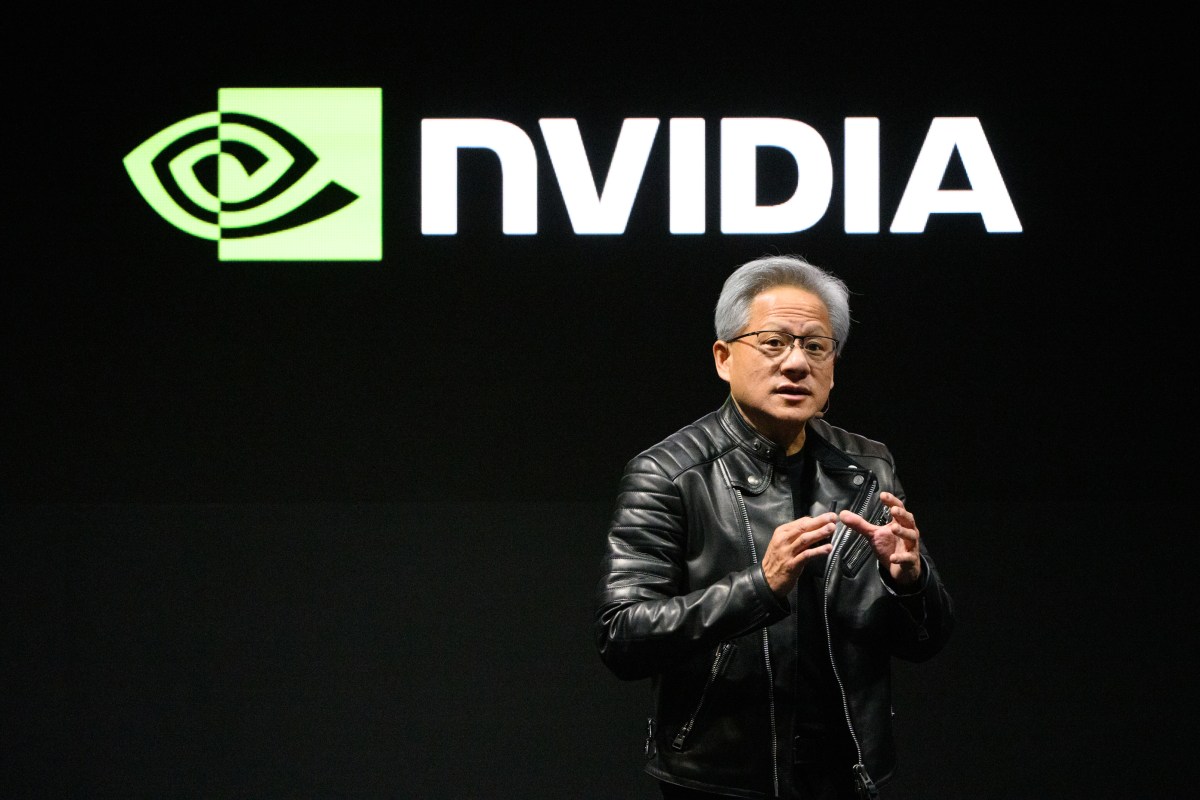Nvidia has quietly become more than a component supplier. Over the past two years the company has made Nvidia AI investments in more than 80 AI startups, using profits from the AI chip boom to expand into venture investing and to influence which AI platforms and automation services gain traction. That concentration of capital and hardware control raises a central question for businesses: when a single vendor both powers and bankrolls large parts of the stack how does that change the market for AI and automation?
Background: Why Nvidia Is Moving Up the Stack
Nvidia’s core business is graphics processing units GPUs. Those chips became essential to modern AI because GPUs accelerate the matrix math behind model training and inference. As demand for large scale models exploded Nvidia generated massive revenues that enabled strategic AI infrastructure investment and targeted AI startup funding. The company now invests across the stack from cloud and infrastructure to model tooling and training services which means Nvidia is not only selling silicon but also helping determine which software platforms and cloud services are optimized for Nvidia GPU for AI workloads.
Key Details from the TechCrunch Survey
- Scope of investment: Nvidia has backed more than 80 AI startups over the last two years, spanning early stage to later rounds and shaping which Top AI startups 2025 reach scale.
- Breadth of focus: Investments cover cloud and infrastructure, model tooling, inference platforms and training services, indicating a deliberate effort to influence the end to end AI supply chain and AI model infrastructure.
- Hardware leverage: Nvidia GPUs power many major AI models and cloud services. Strategic ties such as the Nvidia OpenAI partnership magnify the impact of financial backing since startups aligned with the Nvidia AI ecosystem can gain performance and market advantages.
- Strategic positioning: By pairing capital with technical integration Nvidia can accelerate adoption of Nvidia optimized tools and help shape standards around deployment pricing and performance.
Implications for Businesses and the Industry
The implications of Nvidia’s investment push are practical and strategic for enterprises evaluating Enterprise AI solutions and AI powered automation:
- Faster consolidation: Backed startups gain capital and closer technical ties which can speed adoption of tools tailored to Nvidia architectures. For enterprises this can simplify procurement but also raise concerns about vendor lock in.
- Cloud economics and availability: When infrastructure and inference services are designed for specific hardware AI cloud infrastructure and pricing can shift to reflect hardware supply and optimization choices. Businesses should monitor how vendor partnerships affect costs and portability.
- Tighter bundling: Investment across the stack encourages integrated offerings that bundle hardware platform and tooling. That reduces integration work for adopters but concentrates bargaining power.
- Workforce and procurement effects: As Nvidia optimized stacks become common IT and data science teams may need skills and tooling tailored to that ecosystem. Procurement should weigh short term performance gains against long term flexibility and avoiding AI vendor lock in.
Practical Actions for Buyers
- Map dependencies: identify which internal AI workloads run best on Nvidia GPU for AI and which can be migrated to other providers.
- Negotiate portability: when contracting with cloud or service providers include exit and portability clauses for models and data to protect against vendor concentration.
- Invest in skills: prioritize training operations and engineering teams on deployment tools that are cross platform when possible.
- Evaluate alternatives: consider GPU as a Service (GPUaaS) offerings and other cloud GPU providers to maintain leverage and flexibility.
Conclusion
Nvidia’s venture activity signals a shift from component vendor to ecosystem architect. By investing in more than 80 AI startups across infrastructure and model tooling Nvidia leverages hardware leadership to shape which AI platforms and services scale. For businesses this creates opportunities for higher performance and tighter integration but also new strategic choices around portability pricing and vendor dependence. As capital and compute converge companies should watch those junctions closely because they will define options for automation and enterprise AI in the coming years.




